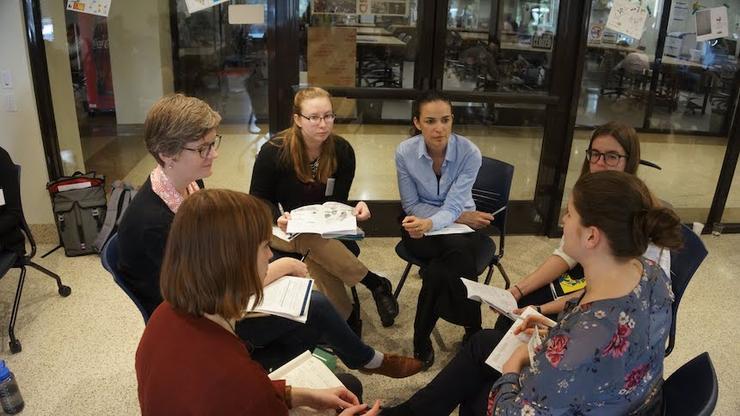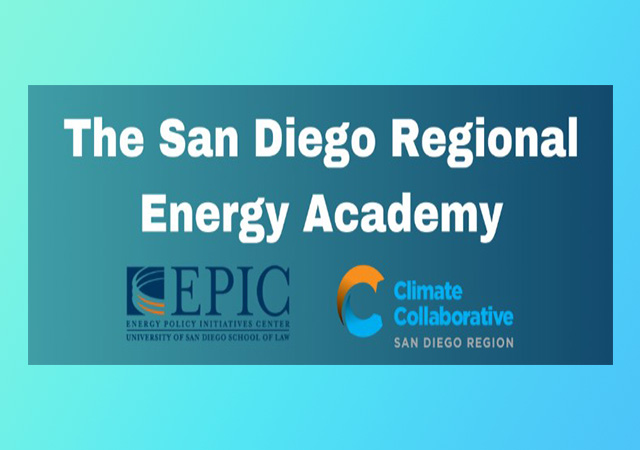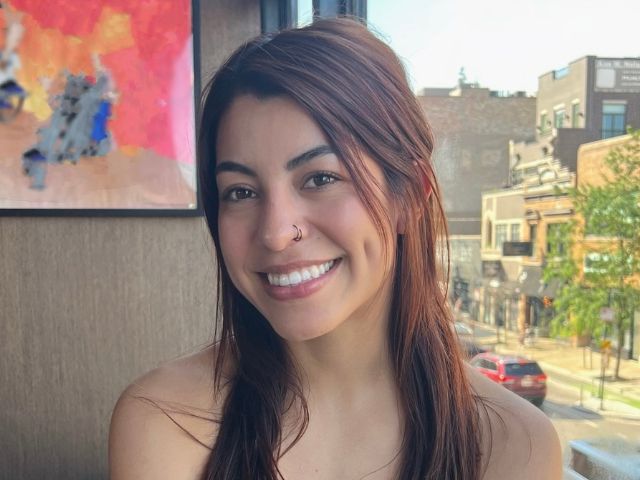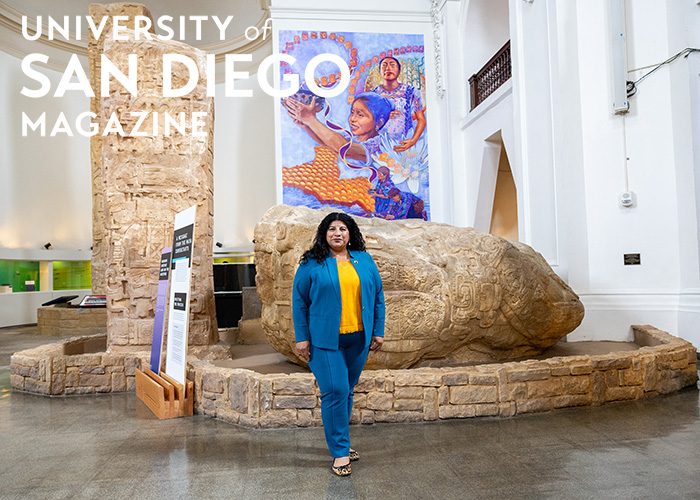Engineering for Social Justice

Restoring London’s canals and waterways as transport channels for improved air quality and more efficient freight systems. Eliminating male and female stereotypes in product design and teaching an interdisciplinary class on using drones for peace.
These were just some of the projects discussed at the 13th annual Engineering, Social Justice and Peace Conference hosted by USD’s Shiley-Marcos School of Engineering. More than 70 participants from all over the United States and as far away as the United Kingdom and Colombia took part in the event from Jan. 25-27.
“Engineering touches the lives of everyone on a daily basis but engineers rarely consider the impacts of their work on social justice,” said USD Shiley-Marcos School of Engineering Professor of Praxis Caroline Baillie. “The conference was an exciting opportunity to reflect on the progress we’ve made and how far we still need to go.”
Engineering students and professors, along with members of the arts and social science communities, talked about the successes and failures in infusing engineering theory and practice with issues of peace, social justice and sustainability.
In the past, projects meant to accomplish these goals often have been imposed on communities from above instead of asking residents about their needs and goals.
Andrés Leonardo León Rojas,a PhD student at Universidad Nacional de Colombia, for example, talked about the need to develop a “dialogue of knowledge between the academy and vulnerable communities in projects of humanitarian engineering.”
He suggested that guidelines to achieve that include emphasizing solidarity instead of assistance, humility instead of academic arrogance, pedagogy for liberation instead of reproducing the colonized academy, and circulating knowledge in more than one direction.
Along with hosting the conference, the Shiley-Marcos School is playing a leading role in infusing the broader constructs of social justice and humanitarian practice in the professional practices of students by educating “Changemaking” engineers as part of its $2 million grant from the National Science Foundation “Revolutionizing Engineering Departments” (RED).
Efforts include using the school’s new Integrated Engineering Department as an incubator to innovate outside of the traditional engineering structure and then implement new concepts into existing disciplines.
A new User-Centered Design class, for example, focuses on having students “develop empathy” for other people and identify a need and figure out how to meet it, rather than just solving the technical pieces of a project, said Professor Susan Lord who chairs the new department. Another class involved designing a solar water heating projects for residents in the Dominican Republic.
Chell Roberts, Dean of the Shiley-Marcos School of Engineering, also said that he was “a little nervous” at first about how the school’s industry partners might react to the initiative. But he was gratified when the partners responded positively. They told him “this is important to us. Our employees and our customers care about these issues.”
Contact:
Liz Harman
eharman@sandiego.ed
(619) 260-4682



